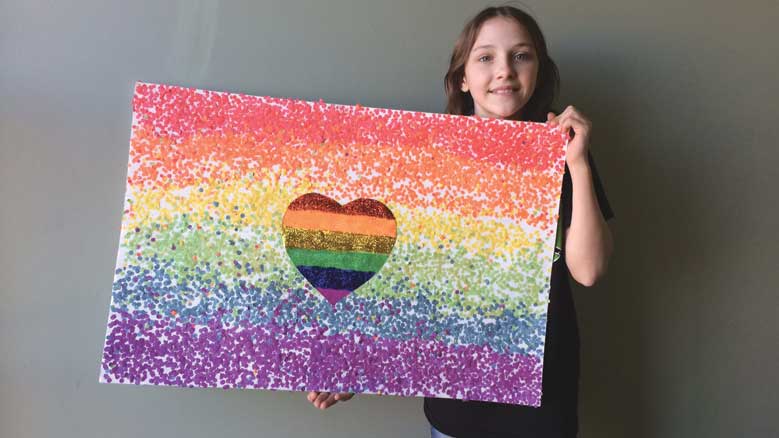

Last year I attended an all-girls school in Southeastern Pennsylvania. This school’s community consisted of some diversity geographically, but most of the girls were the same racially and economically. Sometimes it was hard for the students to accept views different from their own because they were not open-minded or they were not able to comprehend another perspective. But when the whole school got together and tried to resolve these issues, we all benefited from seeing other points of view that felt hidden before.
The 2016 presidential election was a stressful and delicate topic that was argued about every single day of the 2016-2017 school year. Even in the first week of school, this subject was spoken about in classes and in a school assembly. In these talks, teachers stated that students are more than welcome to discuss this matter, but they must do so politely and kindly. That is easier said than done. Starting in early October, things started to get out of hand. For instance, one girl came to school with a Trump sticker on her computer and was called a “neo-Nazi” by her fellow classmates. Another example was when two girls were having a debate about the election and they started to scream at each other, finally resulting in violence. To my surprise, I was called a “racist narcissist” for sharing my opinion. Along with many more instances, these micro-aggressions produced tension throughout the student body and even created divisions between friends. My friends and I were not on speaking terms for a few weeks because of the ways we acted toward each other. We were rude, mean, and frankly, immature girls who had no idea what we were talking about.
After a long talk in my history class, we finally realized that the debate the students were having contained false information about both parties. We were not discussing to learn about the opponent’s view, but instead speaking in order to rant or judge the other side’s opinion. So we went to the school staff and presented an idea to help bring our student body back together.
The basis of our idea was to create a day where all of our classes had different workshops about the election and the candidates. The school board loved the idea. We agreed on a compromise: to have a school assembly about the election, and have a few classes talk about fake news, the candidates, and how to have a proper debate. This solution had a positive outcome and actually helped solve a lot of the tension throughout the school. It also allowed for students to have conversations and arguments without tensions getting too intense. From this experience, I learned that even in bad situations, coming together and trying to find a solution is always the best option. I also learned that being open-minded will allow people to connect and to see the world through a different lense. It can be hard, but seeing both sides of a conversation can be an eye-opening experience. I know it was for me.






Comments on Friendsjournal.org may be used in the Forum of the print magazine and may be edited for length and clarity.